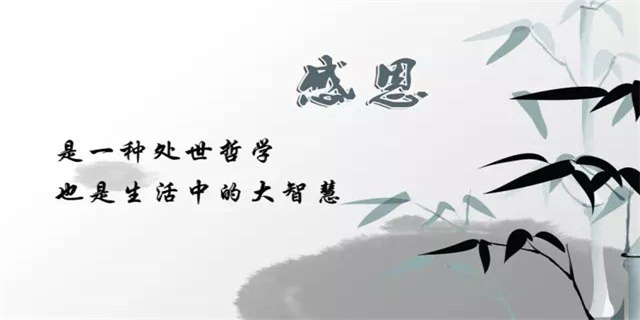Along the Riverbank: The Story of Damming
The Origin of River Dams
For centuries, humans have been constructing dams along rivers for various reasons. These mighty structures have been marvels of engineering, used to control water flow, generate power, and regulate irrigation networks. The first documented dam was built in ancient Egypt about 3,000 years ago, during the reign of King Menes. This dam was constructed to hold back the Nile River's floodwaters, creating relatively stable water levels for irrigation. Since then, dam building has become a widespread practice in various parts of the world, united by a common purpose: manipulating rivers for human needs.The Benefits and Challenges of Damming Rivers
Dams unquestionably had a significant impact on human history, providing enormous benefits to human civilization. In addition to flood control and irrigation, they generate renewable electrical energy and storage, making them an essential component of modern power grids. Dams create reservoirs that serve as water sources, offer opportunities for recreational activities like boating or fishing and are used as sites for outdoor tourism. Nevertheless, dams have their drawbacks. They can pose significant ecological and environmental issues, with downstream species and habitats affected by disruptions to river flows. Critically, larger dams may cause sedimentation, urging deterioration of water quality, and damage to waterfront communities.The Future of Damming Rivers: Sustainable Development
The future of damming rivers is tied to more sustainable development and ecological policies. For instance, scientists and officials are considering 'green damming' - a more biodiversity-friendly approach in which dams can be designed and operated to preserve ecosystems as they provide energy and water supply. Another solution to end the impacts of river damming is the removal of some of the existing nonfunctional or environmentally harmful dams, stimulating the rebirth of rivers as habitats. Besides, in the era of climate change, it becomes even more critical to satisfy the demands for electricity and water management needs without compromising nature. The importance of multipurpose damming beyond hydropower is being realized, focusing on the integration of water management systems, climate-risk considerations, eco-restoration, energy-grid flexibility, and other emerging technologies. In conclusion, rivers are among humankind's most valuable resources, providing food, water, and irrigation along with natural beauty and recreational facilities. Nonetheless, managing and utilizing river resources is a delicate balance between conservation and economic gain. Given the mounting awareness, efforts have been made towards a better understanding of the various benefits, challenges, and risks of damming and designing and implementing eco-friendly damming strategies – an essential step towards sustainable development.




